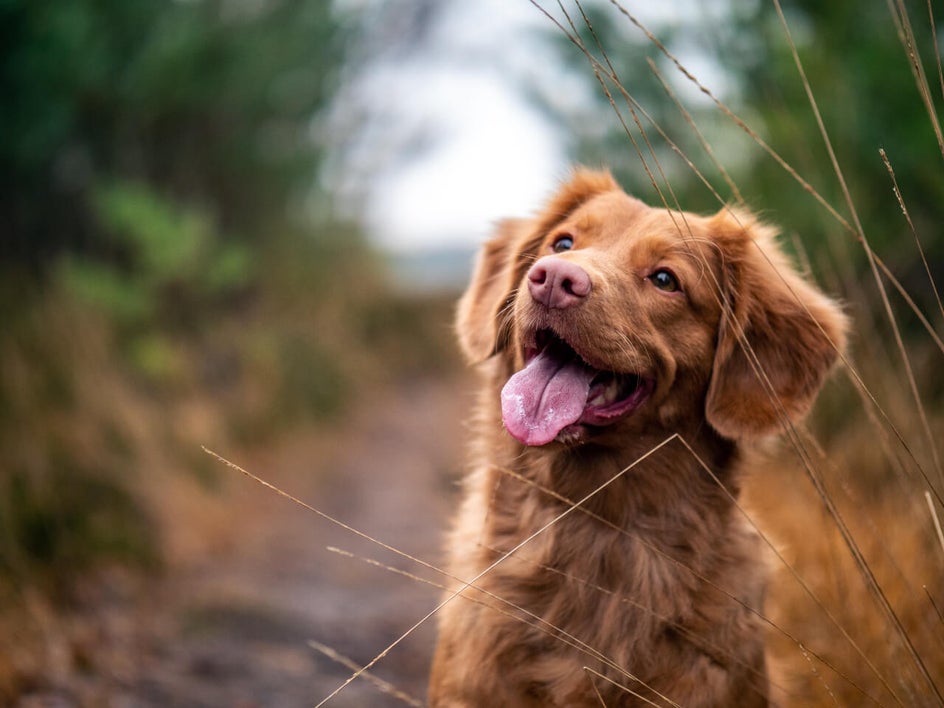Do now:
Did you read and summarize the article on Bokeh portraits. https://digital-photography-school.com/how-to-achieve-nice-bokeh-in-plain-english/ try it yourself.
Upload your DSLR practice photos to your google photo album.
Label them without the numbers since they are practice. which yield the best Bokeh effect?
Practice shots
f/22 (small aperture) set in 18mm - observation vs. f/5.6 (large aperture) set in 18mm- observation
f/22 (small aperture) set in 35mm - observation vs. f/5.6 (large aperture) set in 35mm- observation
f/22 (small aperture) set in 55mm - observation vs. f/5.6 (large aperture) set in 55mm- observation
************* iphone simulated f/1.4 vs f/16 *********************************************************
extra credit - aperture bracketing...
 take pictures now with your phone. in both regular mode and portrait mode.
take pictures now with your phone. in both regular mode and portrait mode.
* for portrait mode if you can't zoom then you need to physically move closer to your subject to achieve the zoom effect. take headshot photo in landscape format so you can see the background being blurred out.
Portrait mode blurs the background of your photo while keeping the subject in focus to create what’s known as a bokeh effect. This results in striking images that allow the subject of your photo (be it a person, an object, or a pet) to jump out from the background.

A camera traditionally achieves this depth-of-field effect by changing the aperture of the lens, but your iPhone uses software magic instead. Clever algorithms find the subject of your photo and then blur the background accordingly.

No comments:
Post a Comment